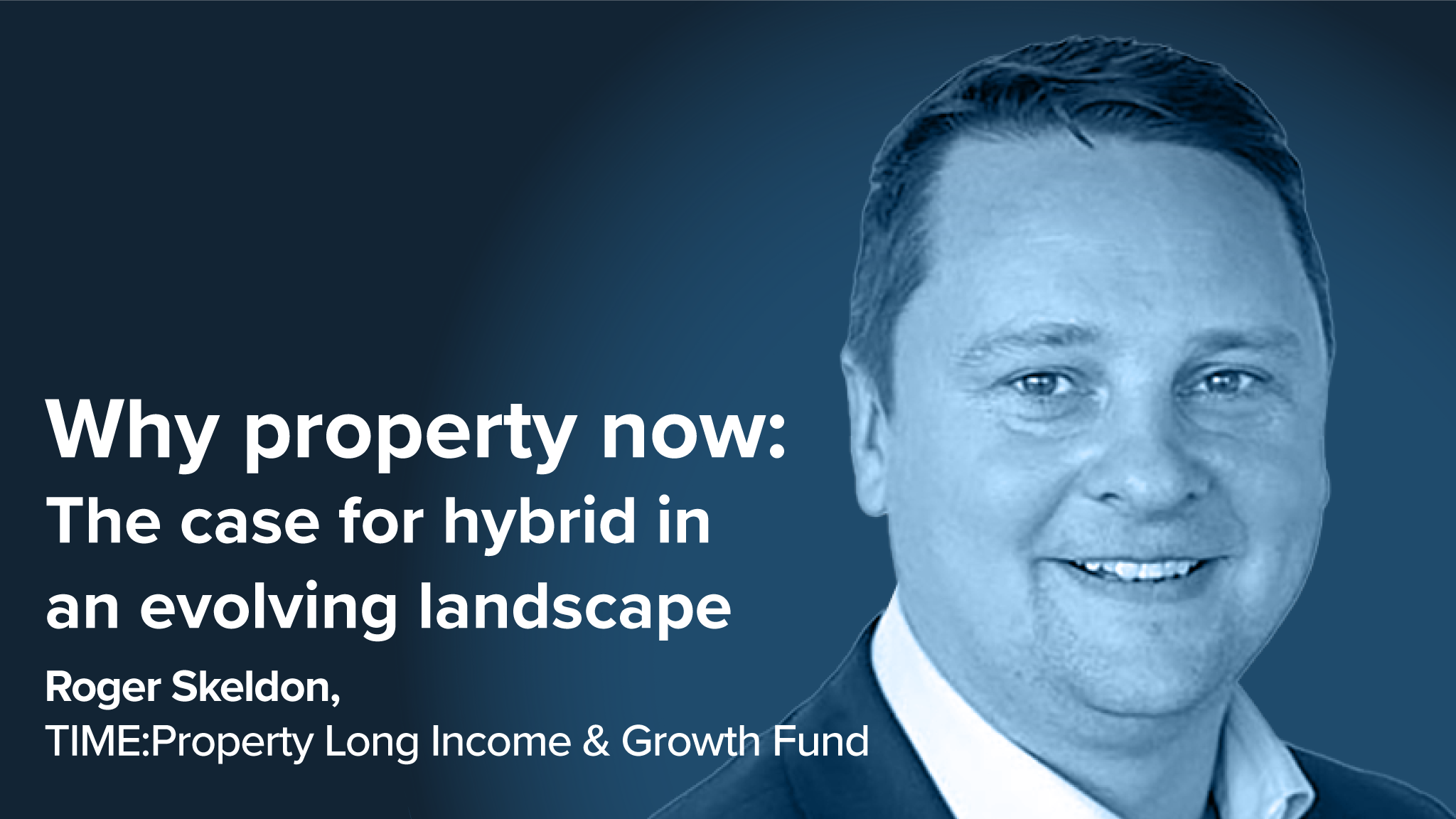Maybe it should always have been the case, but the fact strides are being made to clean up the ‘Fuddy Duddy Old Men’s Club’ image of closed-end funds should be applauded.
This has not happened without some lobbying from the industry. Jackie Beard, director of closed-end fund research at Morningstar UK has been particularly vocal on the needs for investment companies to improve their transparency.
Last year Beard issued a report to this effect ‘Investment Trusts: Why Transparency Matters’, and by November the Association of Investment Companies had picked up the mantle, releasing a ‘Disclosure of Portfolio Holdings Post RDR’.
Still commission-chasing?
Even if RDR does not end up being the watershed moment for investment trusts in regards to their recommendations by advisers, frequent and up-to-date disclosure of holdings can only be a good thing.
We have reported before on performance research comparing closed- with open-ended funds – deemed “uncomfortable reading for commission-chasing advisers”.
In her updated report for 2013 Beard notes a near three-fold increase in the number of funds releasing full portfolios on a monthly basis from 27 to 76.
On top of this, the number of funds releasing full portfolio information on a quarterly basis has more than doubled from 29 in May 2012 to 65 in May this year.
Complete non-disclosure of portfolio holdings has fallen from approximately 80 funds in the universe to 50 funds over this same period.
Most encouraging, though, was the steps taken by the six largest investment trusts by AUM, all of which increased the frequency of their full portfolio disclosure.
‘Big Six’
- Alliance Trust – from non-disclosure of full holdings to monthly
- Foreign & Colonial – from quarterly to monthly
- Templeton Emerging Markets – from annual to quarterly
- Mercantile – from semi-annual to quarterly
- Murray International – from semi-annual to monthly
- Witan – from quarterly to monthly
Beard said these six funds alone comprise some £11.2bn of assets and have wide shareholder registers.
“That represents a significant increase in the number of investors who are better informed about their fund holdings, not forgetting potential new investors who can drill right down on a full and frequent basis to ensure the funds match their investing requirements.”
She believes better transparency can have a marked effect on narrowing discounts, one of the factors which puts advisers off investment trusts, although she added it does not guarantee a resolution to the “discount dilemma”.
Perhaps investor appetite will help this along instead.
Gary Shepherd wrote earlier this month about the fact that around a quarter of investment companies now trade at a premium – in the AIC’s latest data this represents some 97 out of 395.
Premiums come with their own set of problems, but at least if investors are better informed of what is in the trusts they own, they will be able to make better investment decisions to deal with that.










